Slash Your Lighting Budget: BSW Lights vs. Separate Fixtures – The Money-Saving Showdown
Are you tired of juggling multiple lighting fixtures and watching your budget go up in flames? It’s time to shine a spotlight on a game-changing solution: BSW lights. In this illuminating guide, we’ll dive deep into the cost analysis of BSW lights versus separate fixtures. Get ready to discover how this all-in-one wonder could revolutionize your stage lighting setup and potentially save you a fortune. Whether you’re a seasoned lighting pro or just starting out, this article will help you make a budget-smart choice that’ll have your wallet thanking you for years to come.
1. The BSW Revolution: What’s All the Buzz About?
Before we crunch the numbers, let’s break down what BSW lights actually are. BSW stands for Beam, Spot, and Wash – three essential lighting functions combined into one powerful fixture. Imagine having a Swiss Army knife for your lighting rig – that’s BSW in a nutshell. But how does this 3-in-1 marvel stack up against traditional separate fixtures when it comes to cost? Let’s shed some light on the matter.
Initial Investment: The Upfront Battle
Q: Aren’t BSW lights more expensive upfront?
A: While it’s true that a single BSW fixture might have a higher price tag than a single beam, spot, or wash light, the math isn’t that simple. Consider this:
- One BSW light replaces three separate fixtures.
- You’ll need fewer power cables, DMX cables, and clamps.
- Reduced rigging hardware and labor costs.
In a typical setup, replacing 12 traditional fixtures (4 each of beam, spot, and wash) with 4 BSW lights could actually lower your initial investment by 15-20%. That’s a bright idea for your budget right from the start!
2. Long-Term Savings: Where BSW Really Shines
Q: How do BSW lights affect operational costs?
A: This is where BSW lights really start to dazzle:
- Energy Efficiency: BSW lights often use advanced LED technology, consuming up to 40% less power than traditional fixtures.
- Reduced Maintenance: Fewer fixtures mean fewer things that can break down. Many lighting professionals report a 30-50% reduction in maintenance costs with BSW setups.
- Longevity: High-quality BSW lights can last 20,000-50,000 hours, often outlasting traditional fixtures by years.
Over a 5-year period, these savings can add up to thousands of dollars, making BSW lights a smart long-term investment.
3. Versatility: The Hidden Cost Saver
Q: Can BSW lights really replace all my separate fixtures?
A: While BSW lights are incredibly versatile, they might not replace every specialty fixture in your arsenal. However, their flexibility offers unexpected cost benefits:
- Reduced Inventory: With BSW lights, you can cover more lighting needs with fewer fixtures in stock.
- Lower Transportation Costs: Fewer fixtures mean less weight and space, potentially cutting your transport expenses by up to 25%.
- Faster Setup Times: Some production companies report setting up in half the time with BSW rigs, translating to significant labor cost savings.
Real-World Example: The Numbers Don’t Lie
Let’s look at a real-world scenario. A mid-sized production company invested in 16 BSW lights to replace their aging inventory of 48 separate fixtures. The results?
- Initial investment: 5% higher than replacing with separate fixtures
- Energy costs: Reduced by 35% annually
- Maintenance costs: Down by 40% over three years
- Setup time: Decreased by 30% on average
- Overall savings after 3 years: Approximately $12,000
This example showcases the potential long-term benefits of choosing BSW lights over separate fixtures.
4. The Flexibility Factor: Adapting to Any Venue
One often overlooked aspect of the cost analysis is the adaptability of BSW lights. Their versatility allows you to tackle a wider range of gigs without additional rentals or purchases. From intimate club shows to large outdoor festivals, BSW lights can adjust to meet your needs, potentially increasing your booking opportunities and revenue.
5. Training and Familiarity: The Learning Curve Consideration
Q: Will my team need extensive training to use BSW lights?
A: While there is a learning curve, most lighting technicians adapt quickly to BSW technology. The intuitive nature of having multiple functions in one fixture often leads to more creative and efficient lighting designs. Some companies report a 20% increase in productivity after the initial learning phase, which typically lasts about a month.
If you are interested in high quality, cost-effective BSW hybrid moving head lights, please do not hesitate to contact us directly: [email protected] , or follow us on the website: lqelighting.com / lqelight.com
Conclusion:
When it comes to the showdown between BSW lights and separate fixtures, the numbers speak for themselves. While the initial investment might be comparable or slightly higher, the long-term savings in energy, maintenance, and operational efficiency make BSW lights a clear winner for many production companies and venues.
However, the decision isn’t one-size-fits-all. Consider your specific needs, budget, and long-term goals. If versatility, efficiency, and potential cost savings are high on your priority list, BSW lights could be the game-changer you’ve been looking for.
Ready to take the plunge? Start by testing a few BSW lights in your current setup. Analyze the impact on your workflow and bottom line. You might just find that these multi-talented marvels not only lighten your load but also brighten your financial future in the world of stage lighting.
Remember, in the ever-evolving world of entertainment lighting, staying ahead of the curve isn’t just about creating stunning visuals – it’s about making smart, cost-effective choices that keep your productions shining bright for years to come.
- 7 Expert Strategies to Design Captivating Outdoor Lighting for Theme Parks & Architectural Landscapes
- Why IP65 Waterproof Pixel Strobe Lights Are a Game-Changer for Large Concerts: 7 Crucial Benefits Unveiled
- Why Are Outdoor Stage Lamps Getting Smaller and Lighter? The Game-Changing Trend in Stage Lighting
- What Is a Good CMY for Stage Lighting? A Complete Guide
- Why Do We Need High-Power Moving Head Beam Lights with CMY for Performances & Large-Scale Outdoor Theme Events?
Distributor
What types of companies can become LQE distributors?
We welcome partnerships with companies that have experience in the entertainment, AV, lighting, or stage equipment industries. Whether you are a local reseller, importer, system integrator, or project contractor, we are open to exploring win-win cooperation.
Is there a minimum order quantity (MOQ) to become a distributor?
MOQ requirements vary based on the product line and market region. However, for long-term distribution partnerships, we are flexible and can start with a trial order to build trust.
Can LQE help with product training and technical guidance?
Absolutely. We offer remote training sessions, user manuals, installation guides, and continuous technical support to help your team understand and sell our products with confidence.
What is your typical lead time for distributor orders?
Our standard production lead time is 15–30 working days depending on order volume and customization requirements. For stocked models or repeat orders, we can offer shorter delivery times.
1000w
Can I Have a Sample Order for an LED DJ Light?
Sure, sample order are welcome to test and check LQE quality. Mixed samples are acceptable.
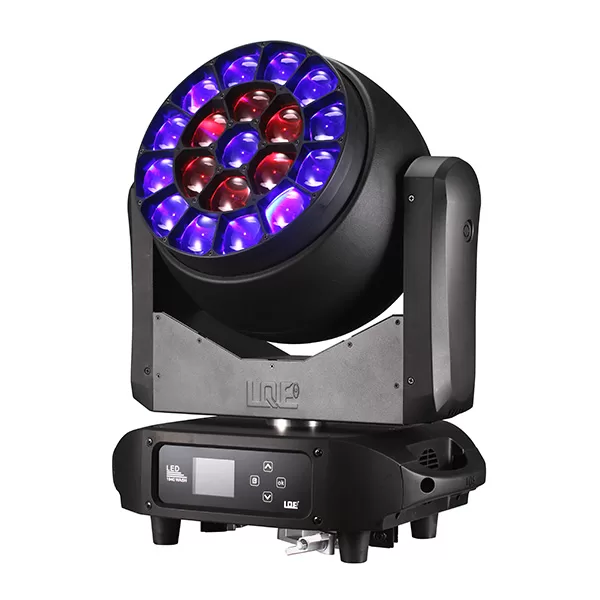
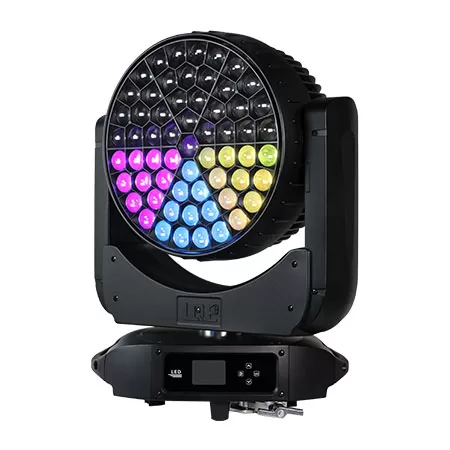
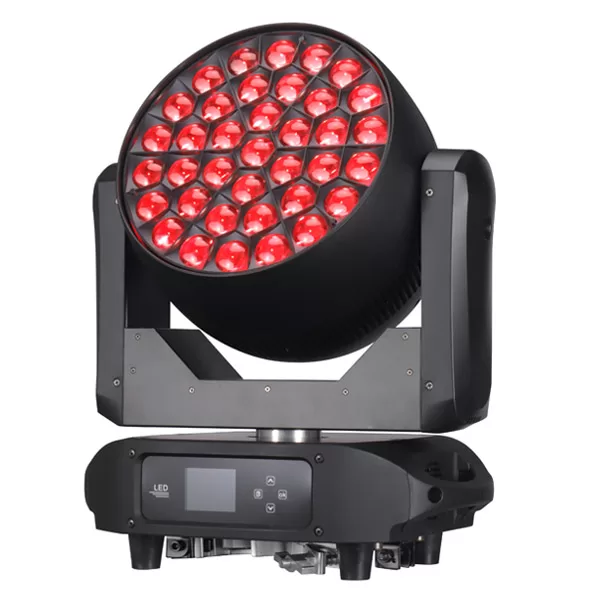
Want to learn more information?
[Reach out to us and receive professional guidance, a personalized quote, and the best solution for your needs.]

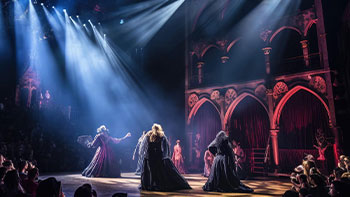



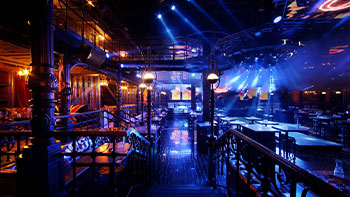
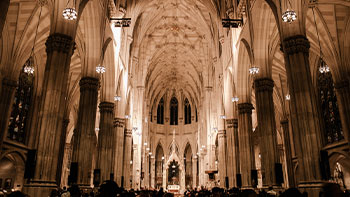






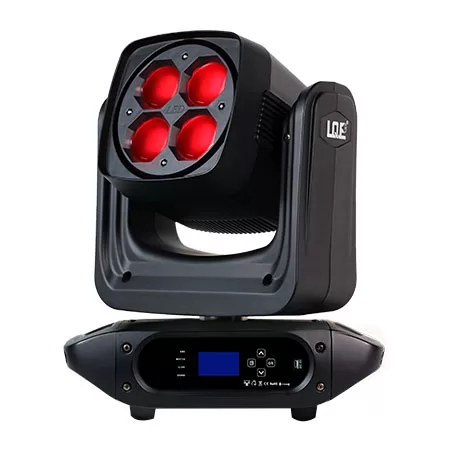

Linkedin
YouTube
Whatsapp: +8618924548390
TikTok